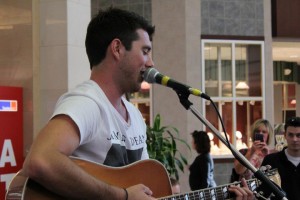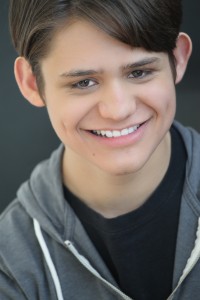The answer is: To Open The Sky.
The question: What was the first book about colonizing outer space you remember reading?
Robert Silverberg’s To Open The Sky is not anywhere near as well-known as space colonization novels by Ray Bradbury ( The Martian Chronicles, the second colonization book I ever read), Arthur C. Clarke, Gene Wolfe, and countless others. It’s also not as well-known as other Silverberg works (The Chronicles of Majipoor, for example) and in fact is long out of print. Regardless of all of that, it holds a special place in my heart. I reread it every few years and feel the excitement I felt the first time I read it, as I realize what religious founder Noel Vorst’s long-term master plan is, played out over a century or more, for getting humanity beyond our own system and out to the stars. We never get to see the actual colonies that are founded, but Silverberg’s future Earth and colonial Mars and Venus tell us enough.
I’m not the only science fiction fan fascinated with the concept of humanity’s colonization of other planets. Bryan Thomas Schmidt is inspired and fascinated by colonization stories, even moreso than I am. With the essential end of NASA’s space shuttle program and the slow beginning of the commercial space program (with SpaceX’s Dragon rocket launching just this week), Bryan sees a need now more than ever for readers to look to the stars and regain the excitement that sf of the ’40s and ’50s, and the real events of the ’60s to the present, gave us.
So Bryan, a writer and editor of science fiction (his own first sf novel, The Worker Prince, was an Honorable Mention on the Barnes and Noble Notable SF List and he recently edited Space Battles for Flying Pen Press), has decided to put together an anthology of mostly-new colonization stories. The book will be called Beyond The Sun. Bryan’s invited twenty-something authors to submit stories to be considered for approximately sixteen slots in the book, joining four headliners: Mike Resnick. Kristine Kathryn Rusch. Nancy Kress. And …. Robert Silverberg.
Now, the Silverberg story will be one of the book’s few reprints but it’s a story I’ve never seen before. This is one of the two main reasons I want to see Beyond The Sun published, to readily access a Robert Silverberg story about space colonization that isn’t part of the universe he gave me in To Open The Sky, but which will be vibrant and exciting nonetheless.
But the book won’t be published if Bryan can’t raise the funds to pay the authors (the headliners and the mid-list and the newbies he’s invited). He’s got just a few hours over 5 days to hit the funding goal of $5,000, and with Kickstarter (unlike IndieGoGo), it’s all or nothing. If we get to the deadline and Bryan’s not at $5,000 … no Beyond The Sun. Which is a shame considering how passionate Bryan is about this project, and considering how wonderful the contents are bound to be regardless of which sixteen authors get chosen to join the headliners.
And here’s the other reason I want to see this project fully funded, and it’s a very selfish one: I’m one of the twenty or so authors Bryan invited to submit a story for consideration. If Beyond The Sun gets funded, and Bryan chooses my story to be included … my colonization story would be in the same book with Robert Silverberg, one of the men who excited my own interest in SF more than thirty years ago. And that is just too cool an opportunity to pass up.
So that’s why I’ve backed the BTS Kickstarter at the highest level I can afford — not for the perks I’ll get for pledging at that level, but to increase the chances that the book will see print. It’s a book I’ll want to read whether I’m in it or not (and there’s no guarantee I will be, until I finish the story and Bryan accepts it).
Why should you back it? Well, if you love good science fiction, especially good sf about colonization, consider it like pre-ordering a book through BN or Amazon, without the risk. If you pledge and the book doesn’t get fully-funded, you’re not out a cent. If you pledge and it does get funded, you’re guaranteed a first printing of a great anthology, and you’ll get whatever other perks are attached to your pledge level (which include things like personalized, autographed copies; having yourself Tuckerized into a story; or a critique by a well-known sf editor, among others).
Why else should you back it? Because (especially if you’re a friend of mine, sf fan or not) you’ll possibly be helping me achieve a dream: being included in the same anthology with Robert Silverberg.
So click the link, watch Bryan’s video explaining why this book is so important to him, read the bios of the headliners. If you choose to back, there are some story excerpts on the Updates page and links to where you can find other excerpts. And even if you can’t back the project financially … please spread the word. Hit the “Like” button and the Tweet button. Get the word out there. We’ve got 5 days to raise over $3,000 dollars. More has been raised in short time periods on Kickstarter, with the right word of mouth.
And thank you in advance to all of you who do help Bryan make his dream, his book, a reality, and thus possibly help mine as well.


















